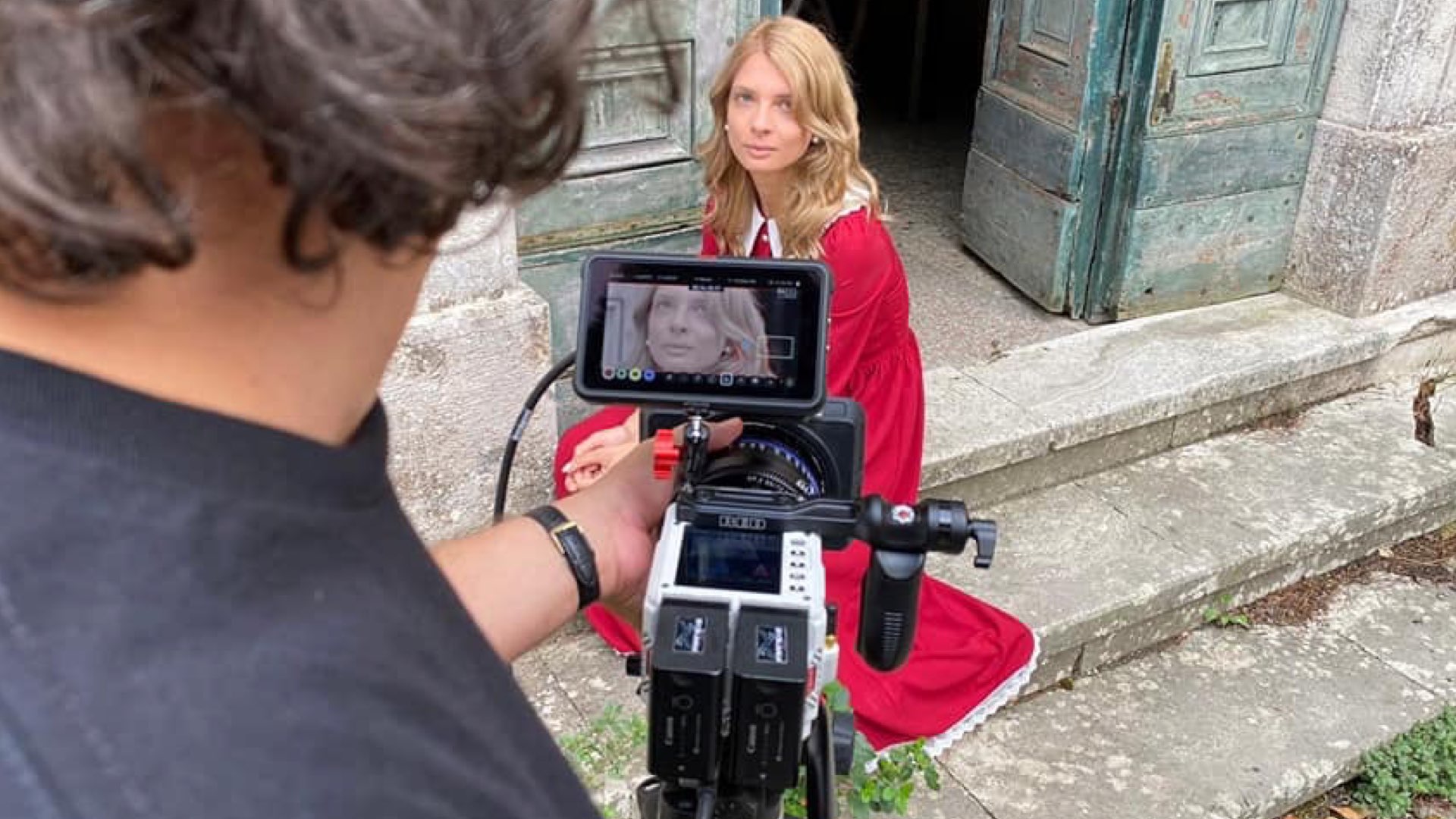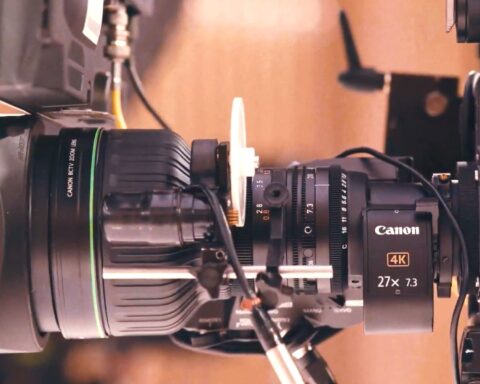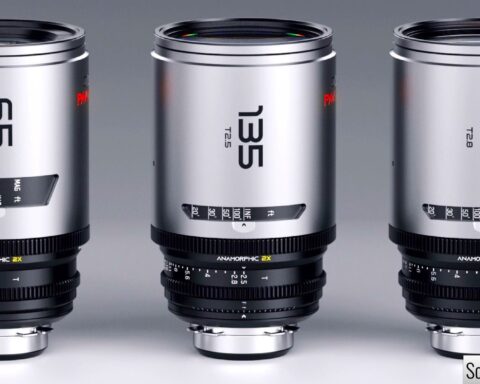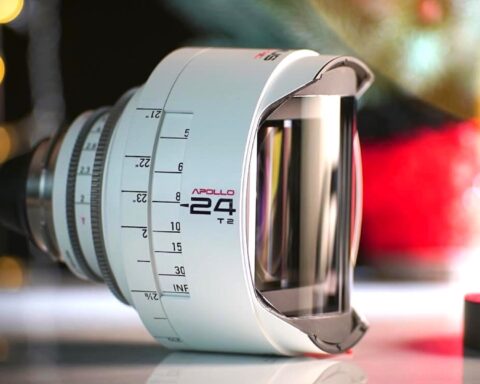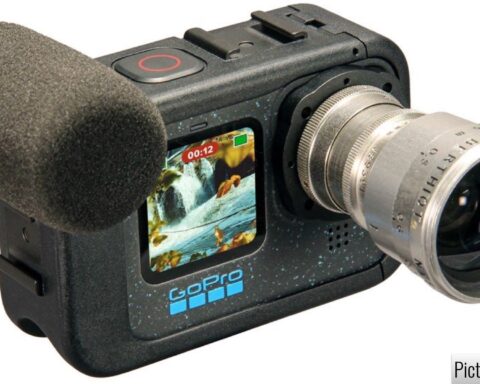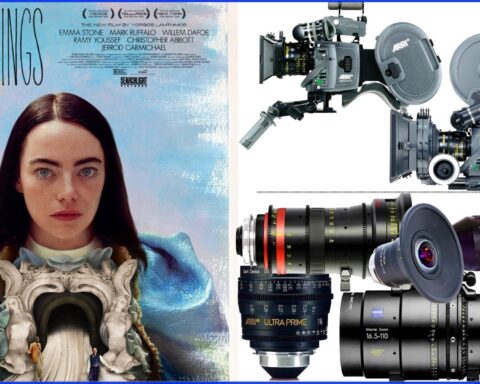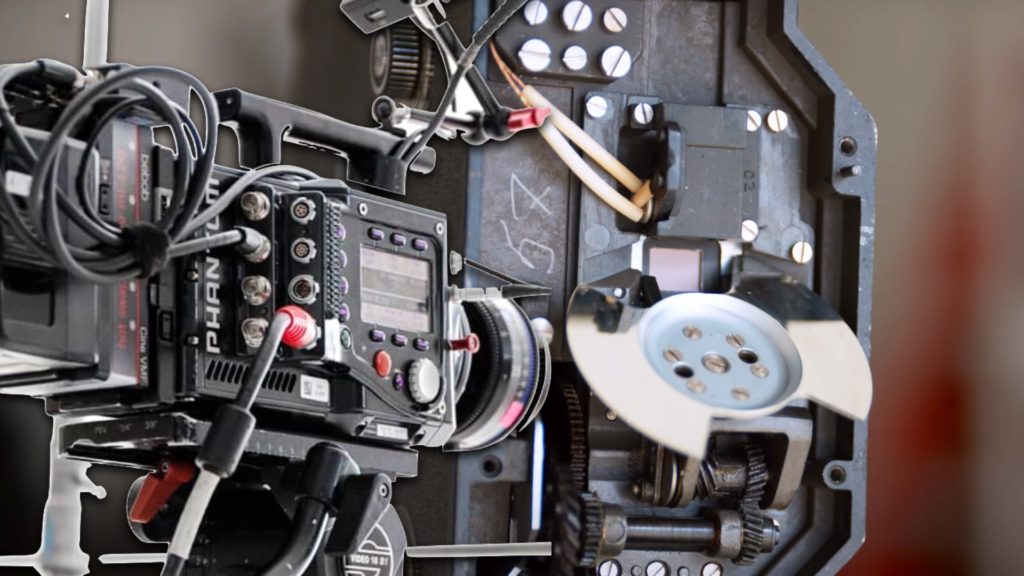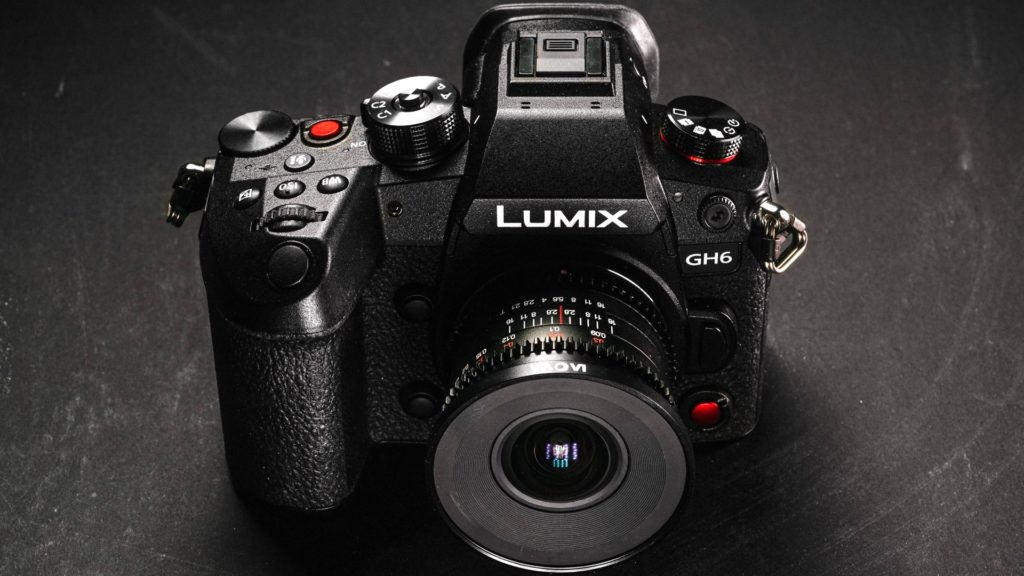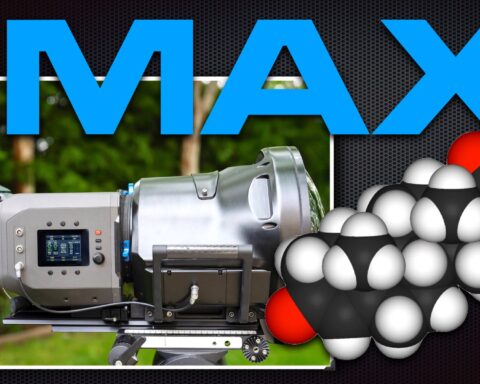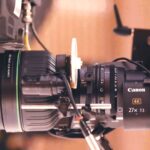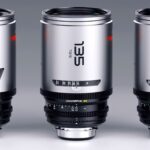The short film presented here was shot on the RED Komodo by cinematographer Stefano Gabriele. In my opinion, this is the most beautiful imagery I saw out of the Komodo. Stefano has shared its secret sauce. In short: Proper lighting and a good colorist are the major components for stunning imagery.
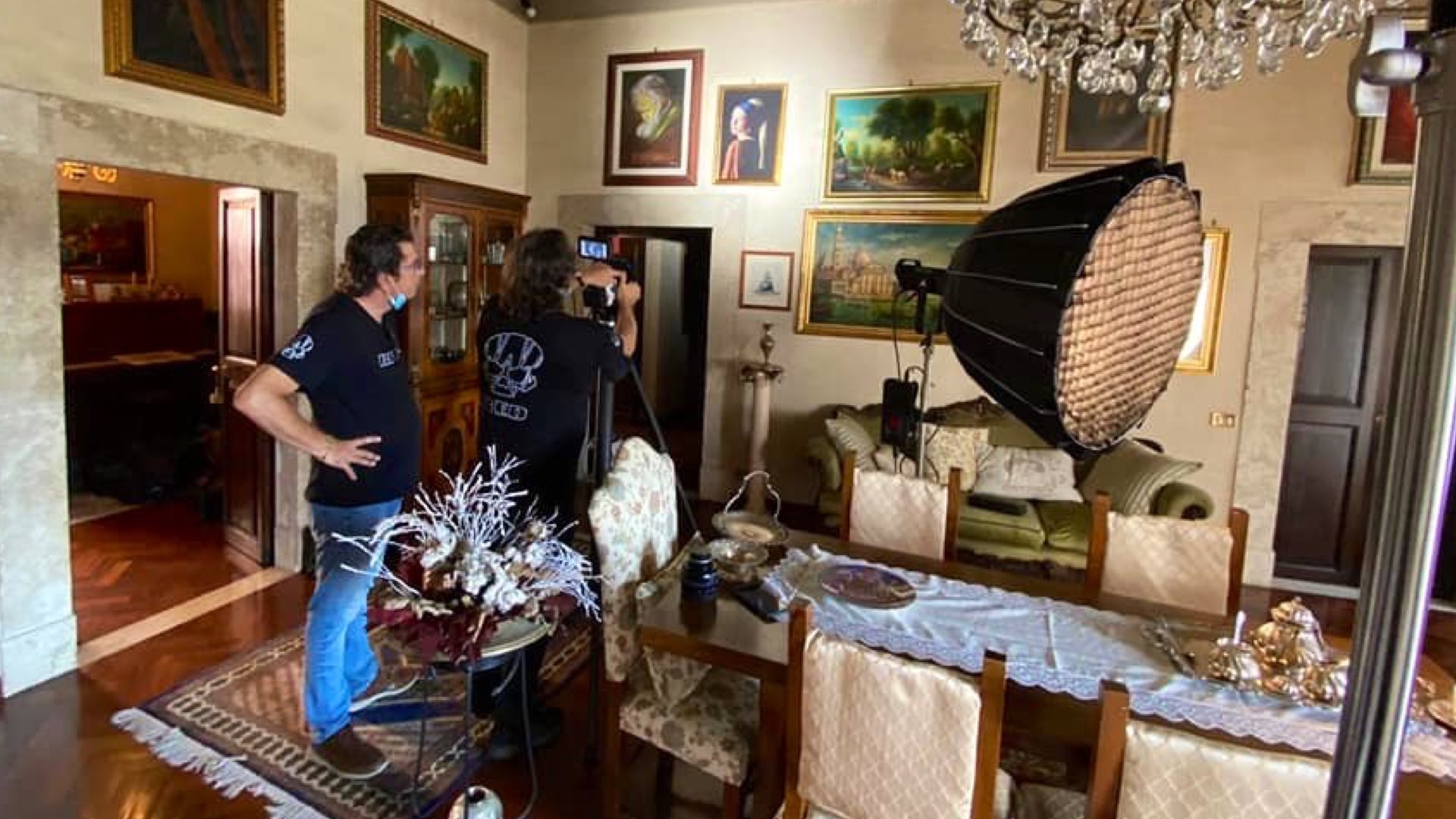
Shot on RED Komodo by DP Stefano Gabriele
This short film has caught the eyes of many of the RED Komodo FB Group users, as indeed it is a well-captured piece. Although the film is not new and was published in 2020, Stefano has shared it on the FB group a few days ago. In my opinion, this is the most beautiful and professionally looking film shot on the RED Komodo so far. It’s amazing that Stefano didn’t use filters or any other sophisticated tools. However, his main components were two: Proper lighting and professional color grading (by his son, Lorenzo Gabriele).
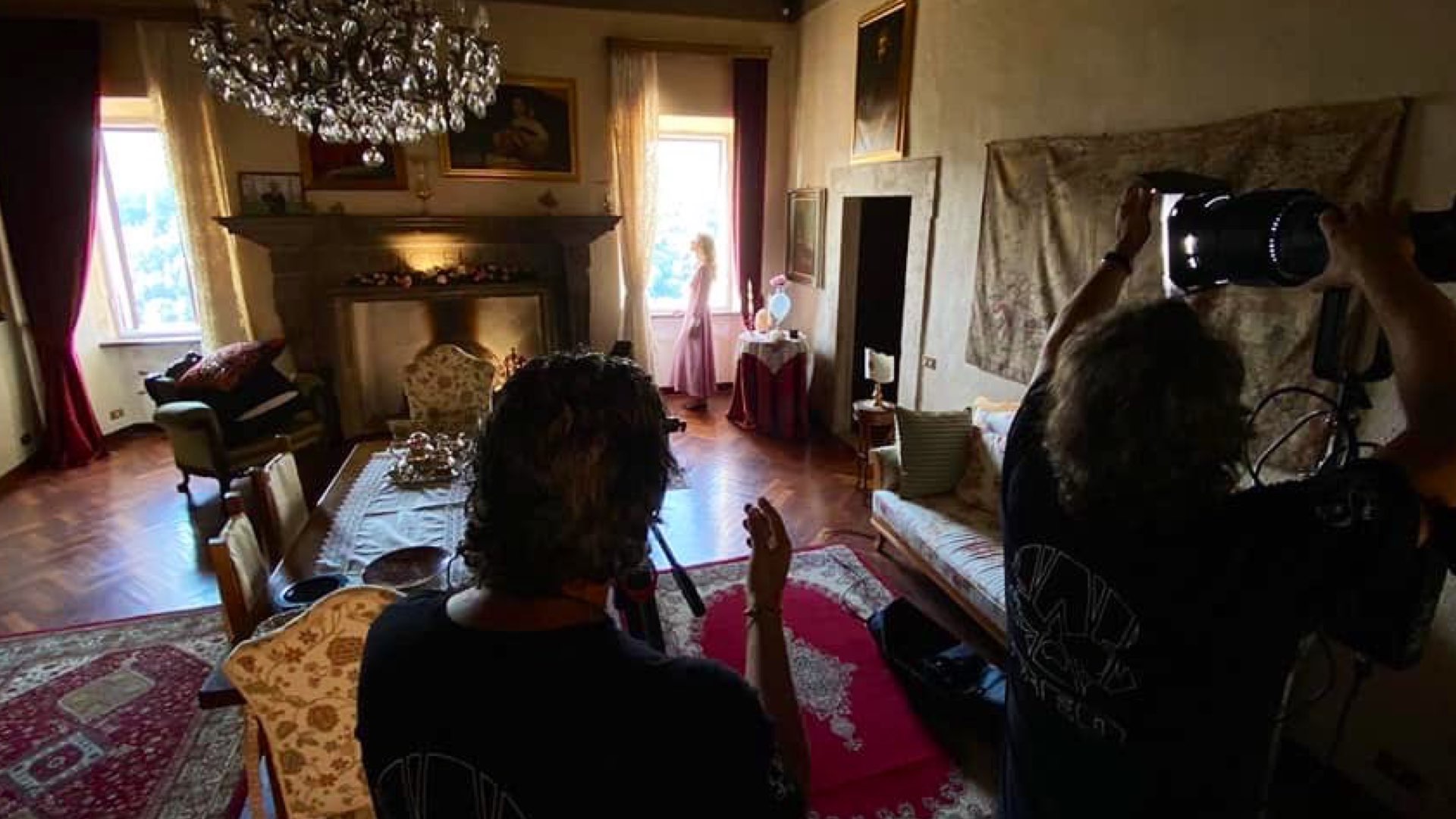
Lenses: Zeiss CP.3
The RED Komodo was paired with Zeiss Compact Prime CP.3 Full Frame + lenses. According to Zeiss, the CP.c grant the ‘classic ZEISS look’ (You can read more about the lenses in our article: Cinema Lenses: ZEISS- From Flagship Supreme Prime Radiance to Lightweight Zoom LWZ.3). Stefano used only two focal lengths for the shoot: 35mm and 85mm, which both of them seem to be very logical to be paired with the Komodo for that kind of shoot. The 35mm for the wider angle, and the 85mm for closeups. “The Cp.3 lenses seem to have been created for this amazing camera. This is my opinion. No matter if the sensor is Super 35. In that case, I was using a Canon RF to EF mount cause my CP.3 lenses are EF” stated Stefano.
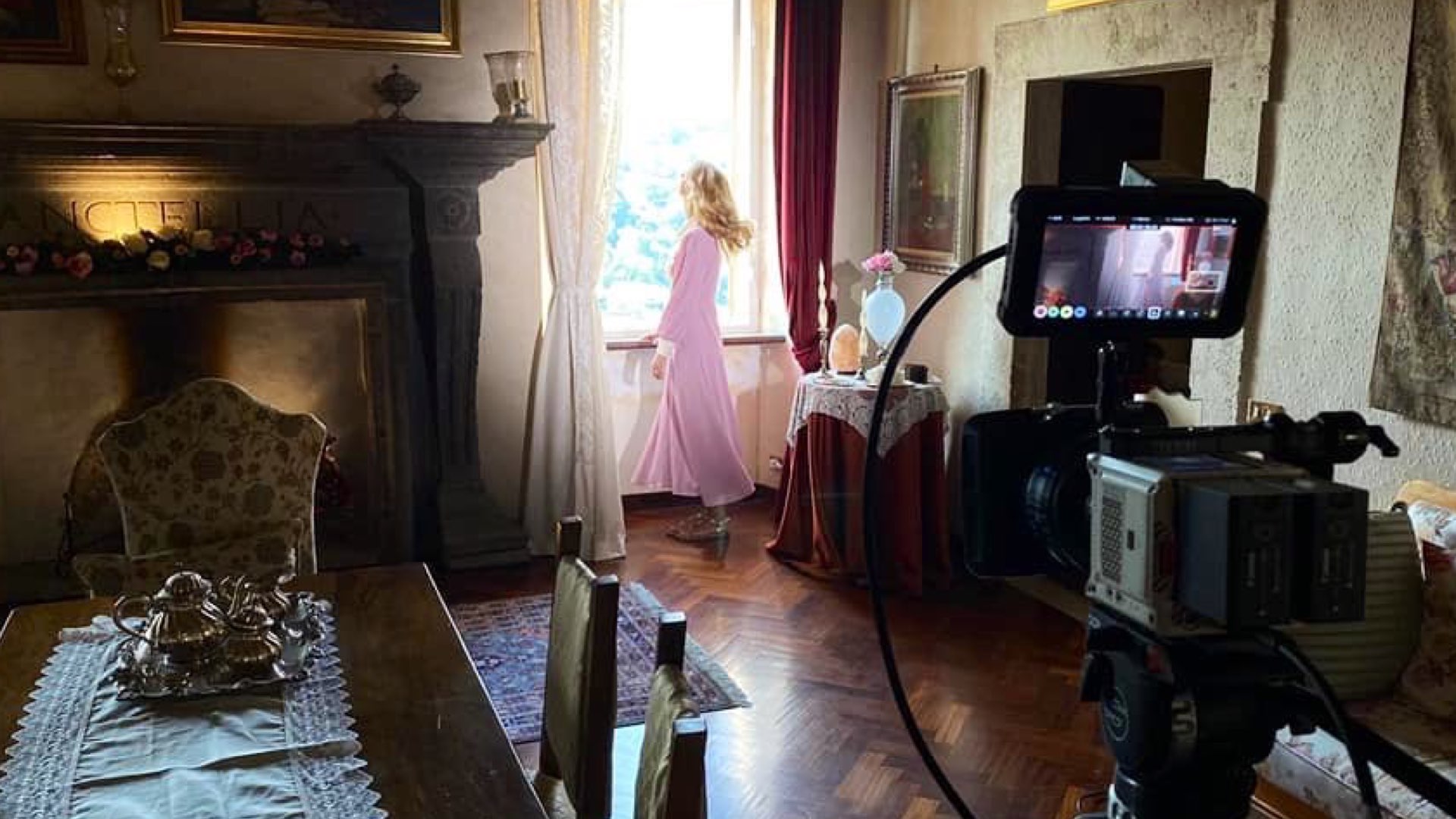
Lighting and color grading as essential factors
Stefano used an Aputure 300x light with Lightdome 2 softbox on the left. “I used an Aputure 120d MkII with fresnel 2x adapter to compensate the natural backlight of the window. An Aputure 300x on the left with a Light Dome 2 on the talent drinking tea. Two Aputure MC little lights on the background” He elaborated. Stefano added by stating: “First of all you have to properly put your lights in the right place. Second, you have to expose in the right way, and last, but not least, you need a good colorist like my son Lorenzo Gabriele is”. As explained, the film was colored and graded in DaVinci Resolve by his son Lorenzo Gabriele. As it happens, color grading is a lethal weapon that if used correctly, can boost your project. However, it’s not enough to just know how to use color wheels or DV Micro Panel but to understand colors and how to merge them accurately in order to serve the story. Check out the short film below:
Let’s end the article by stating one of the comments: “This is the image that RED should use as an official marketing video of what the Komodo can do. The best so far ??” We agree. Do you?
Product List
Here’re the products mentioned in the article, and the links to purchase them from authorized dealers.
- RED Digital Cinema Komodo 6K
- Blackmagic Design DaVinci Resolve 17 Studio with Speed Editor
- Zeiss CP.3 Compact Prime Cine Lenses


